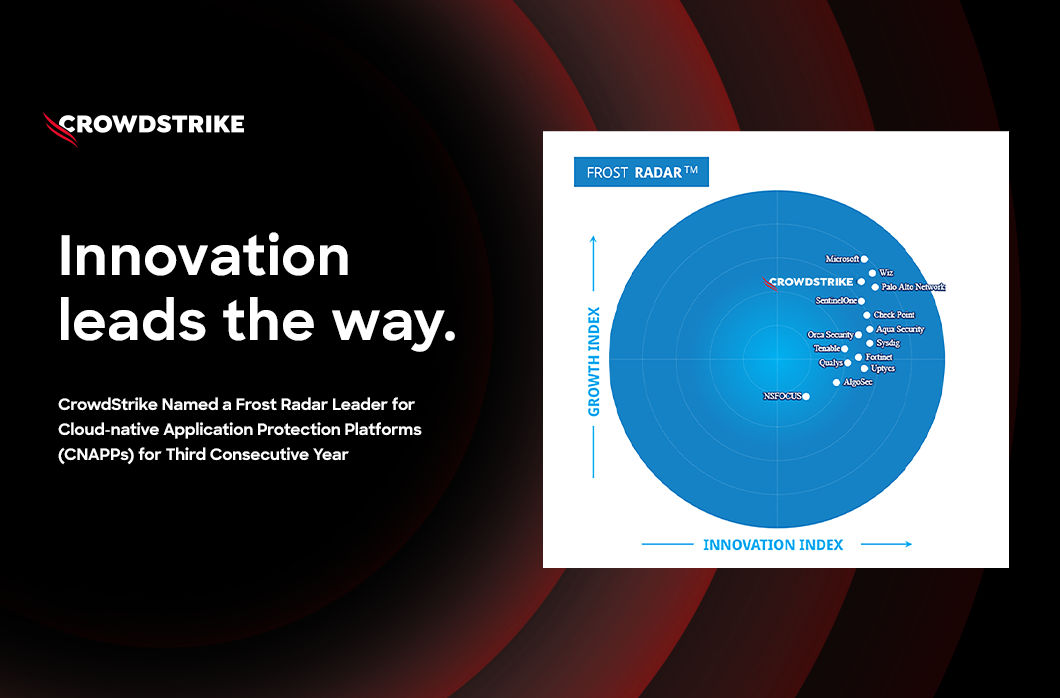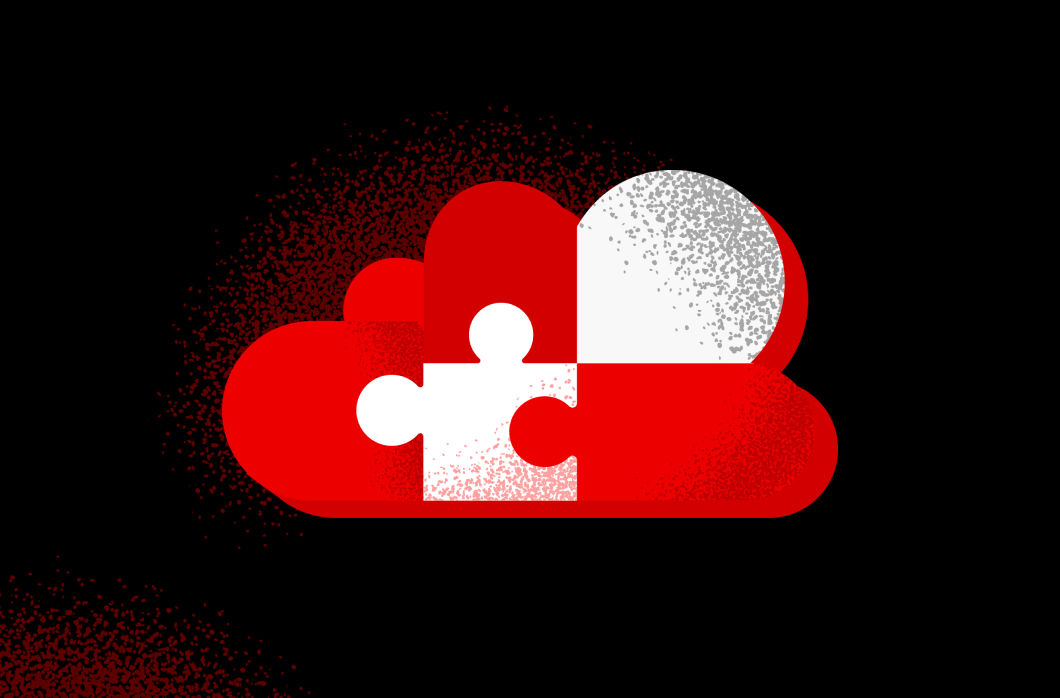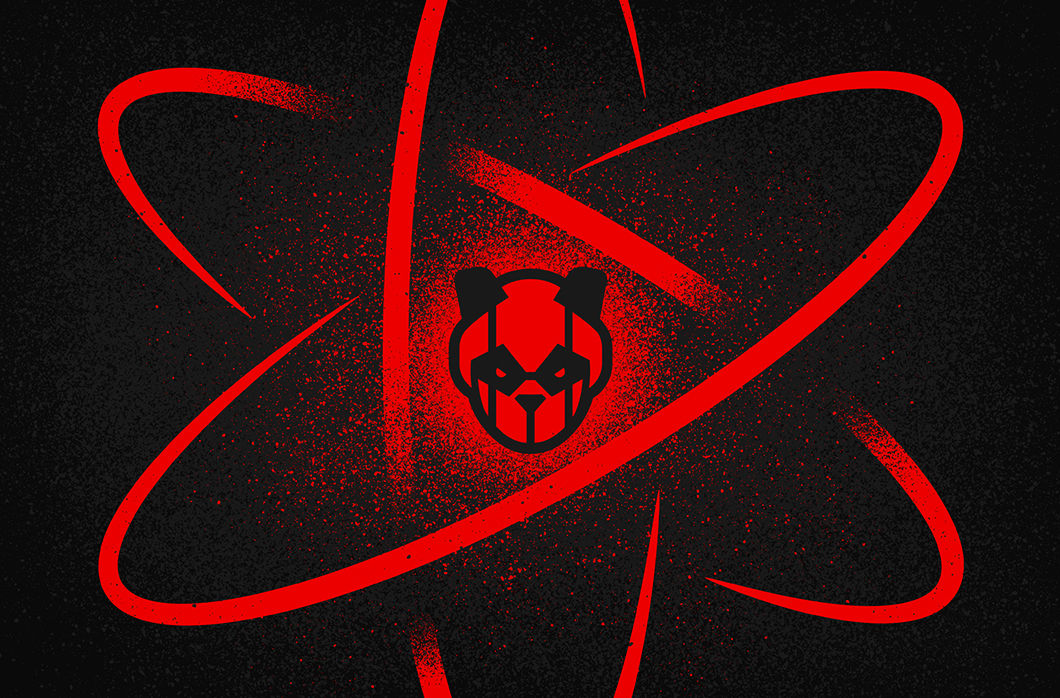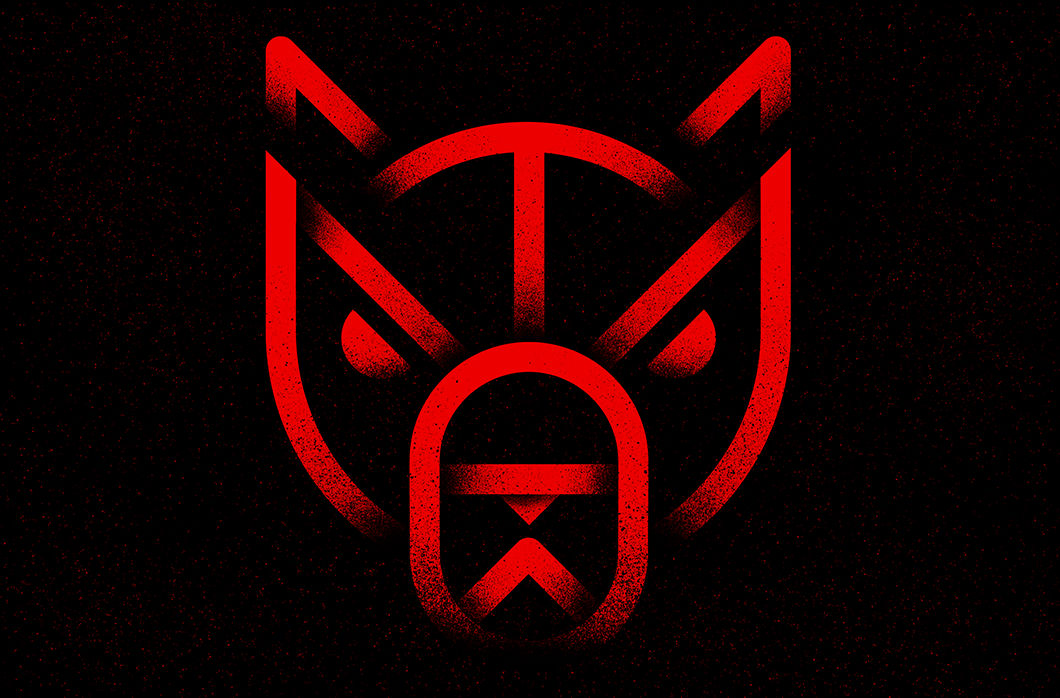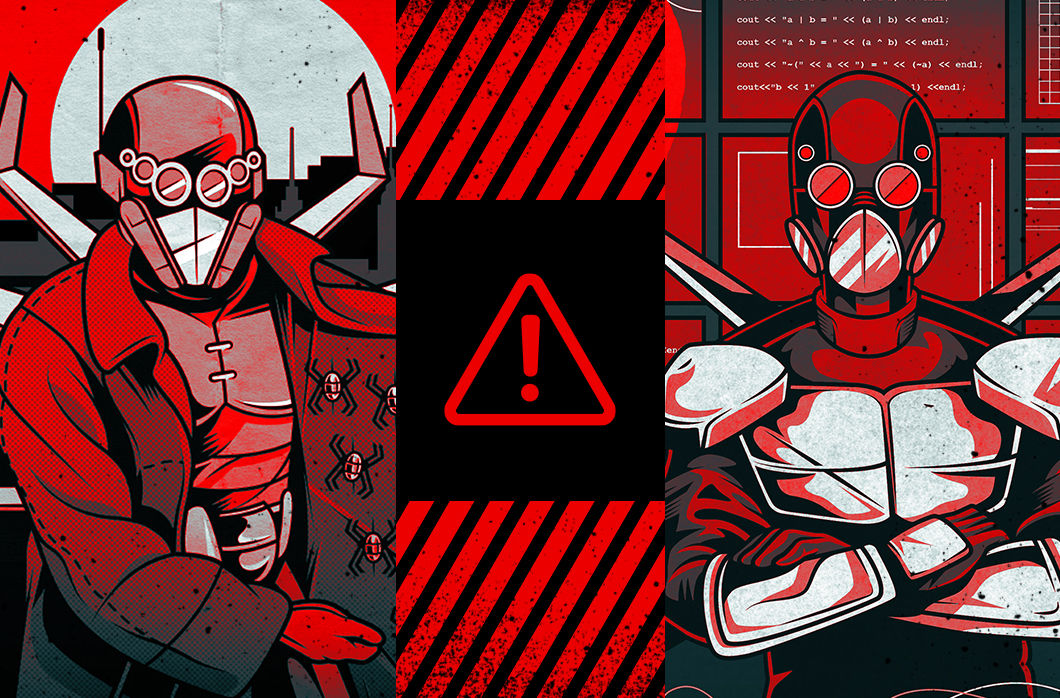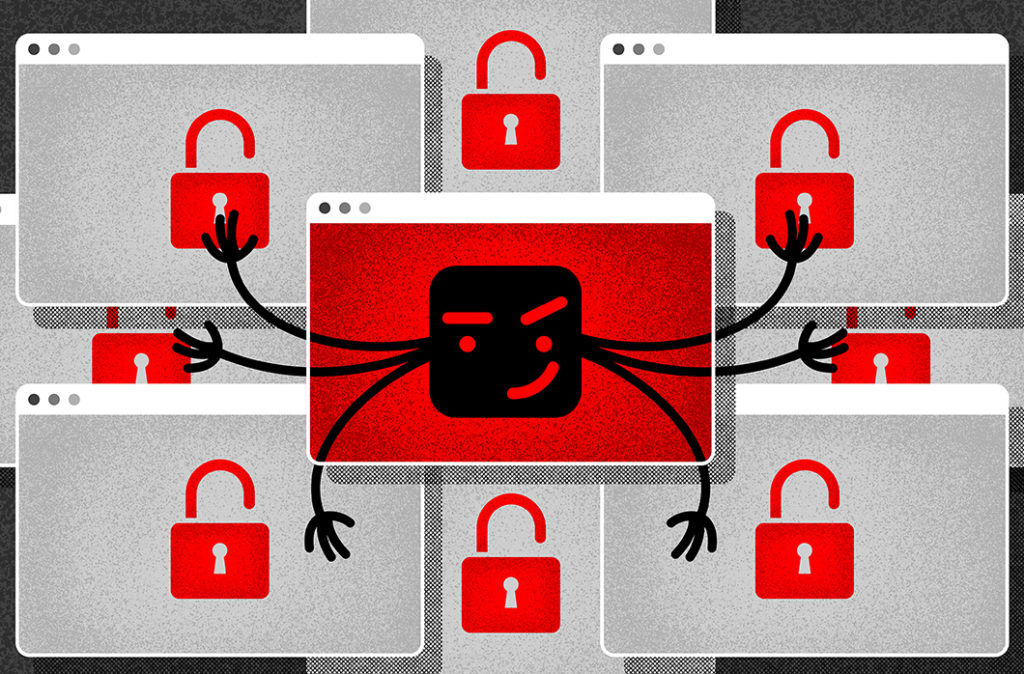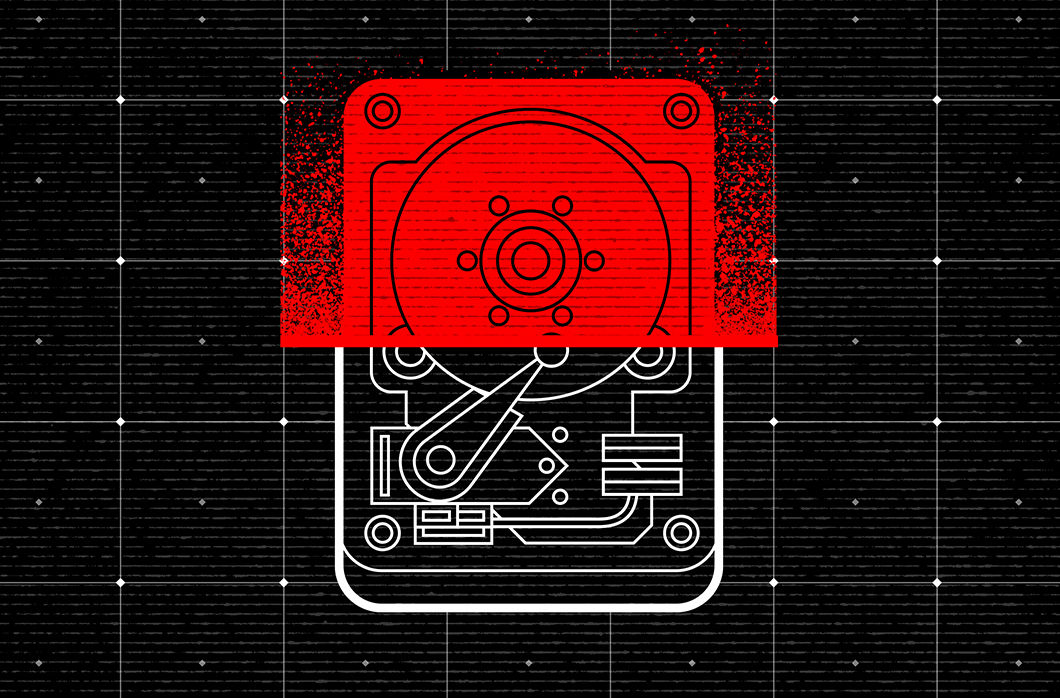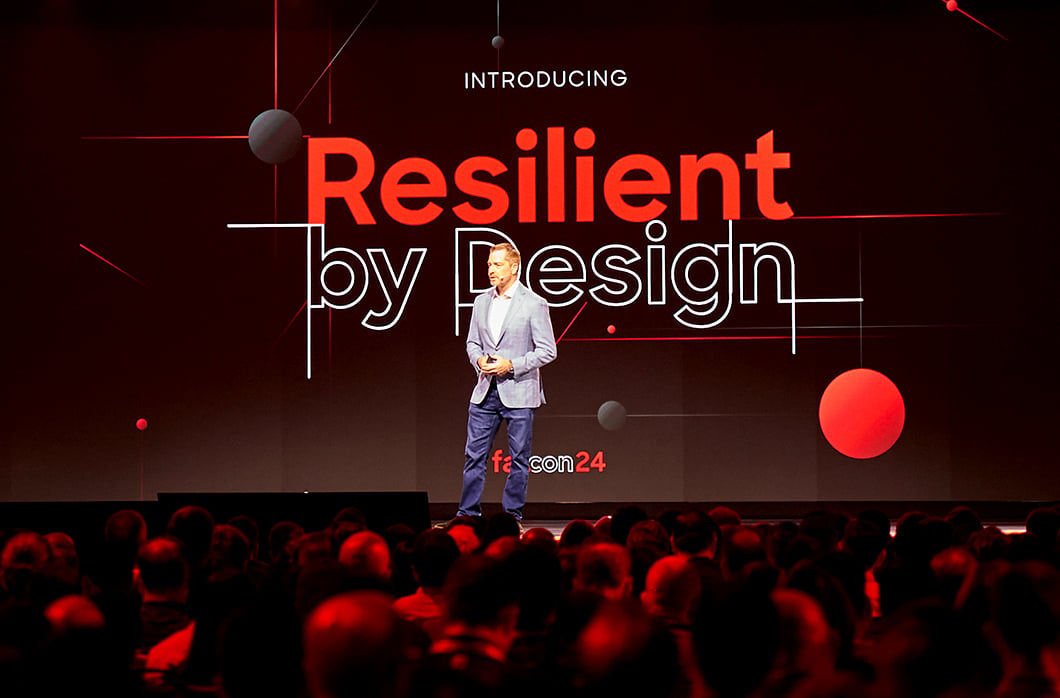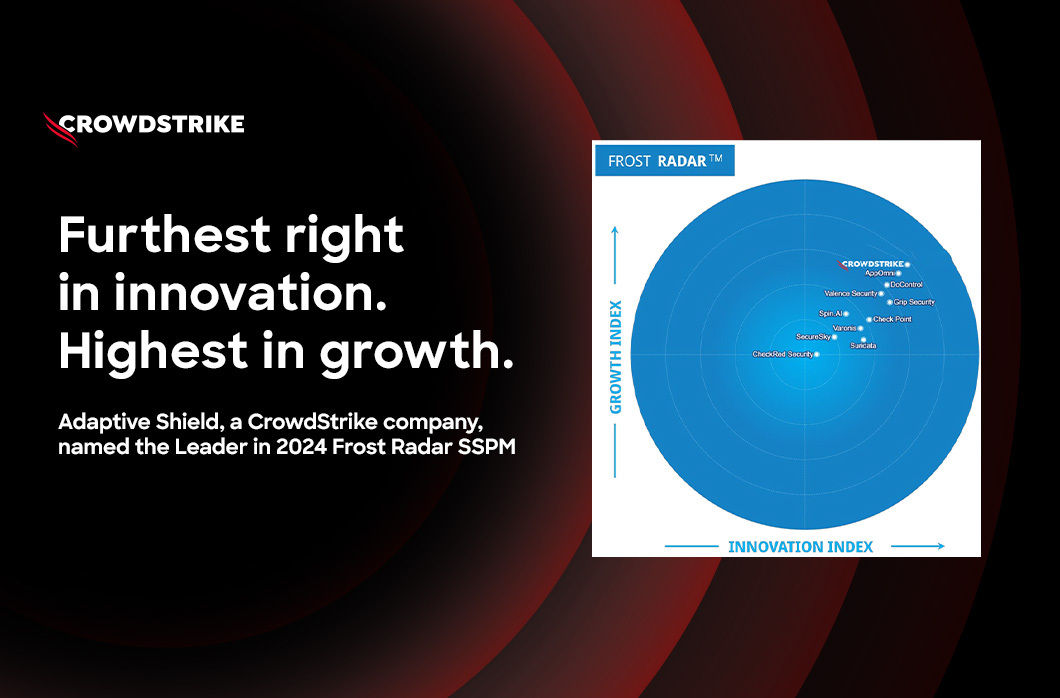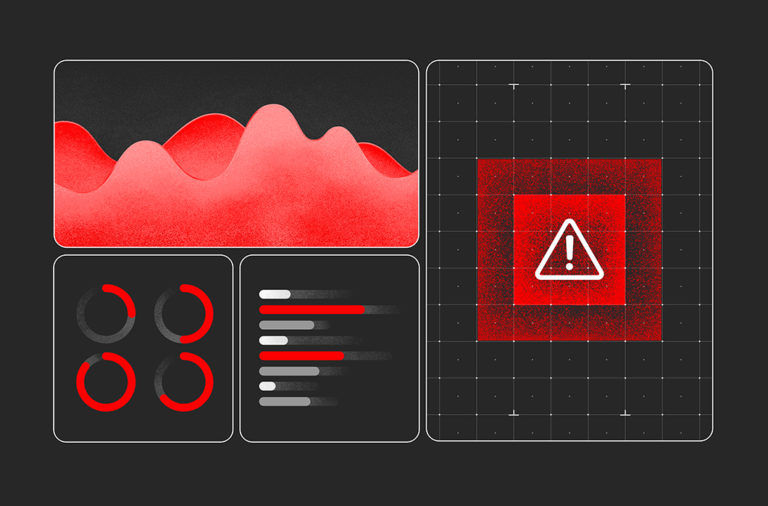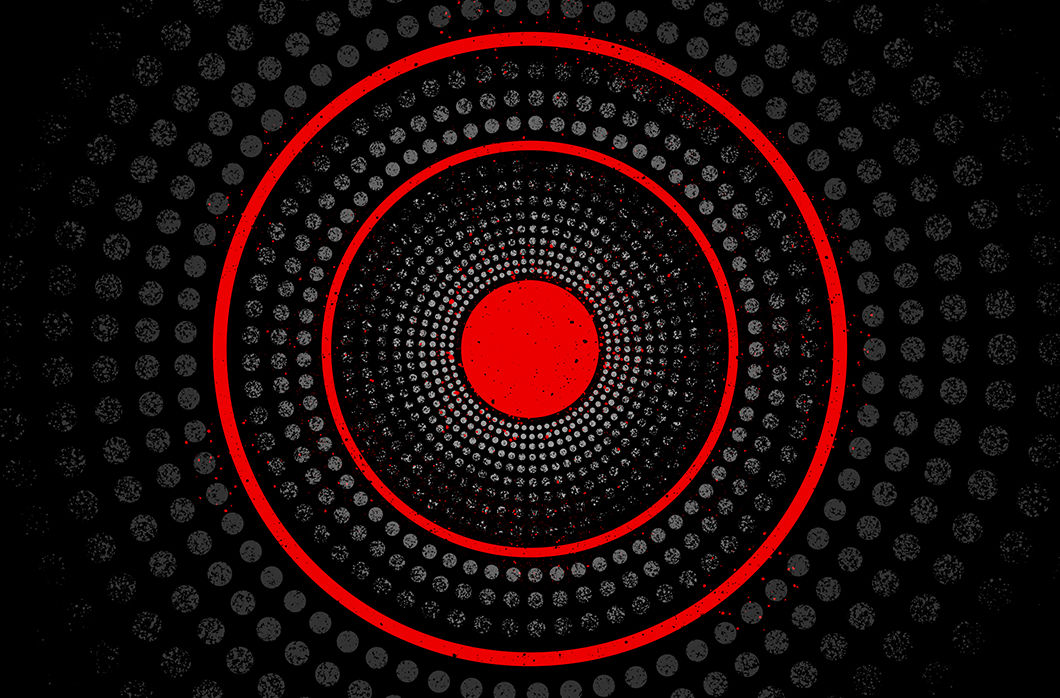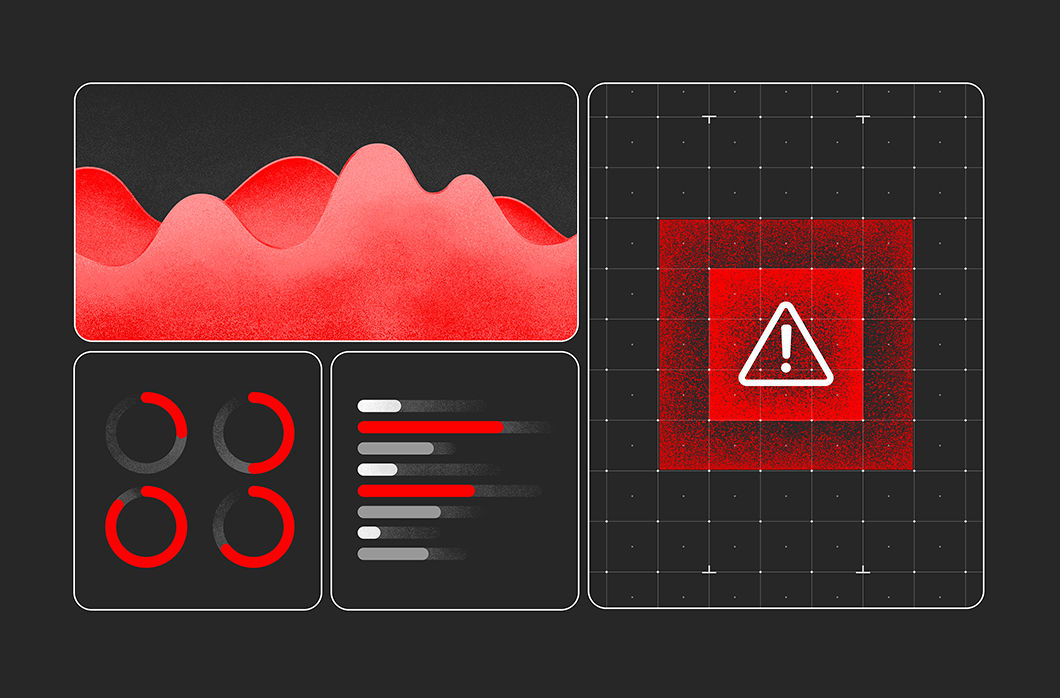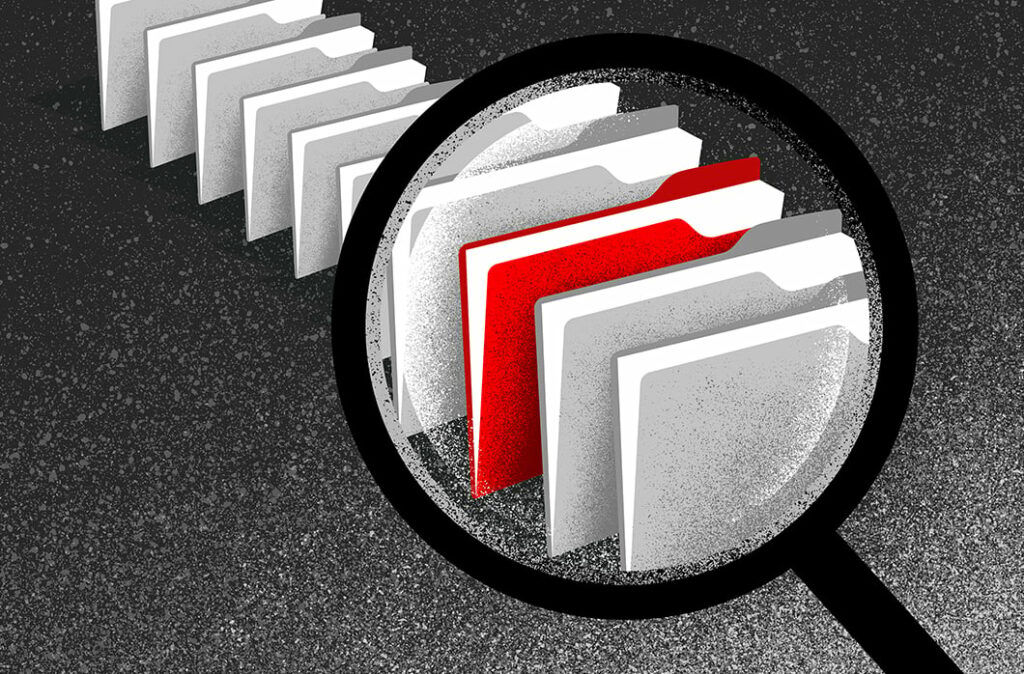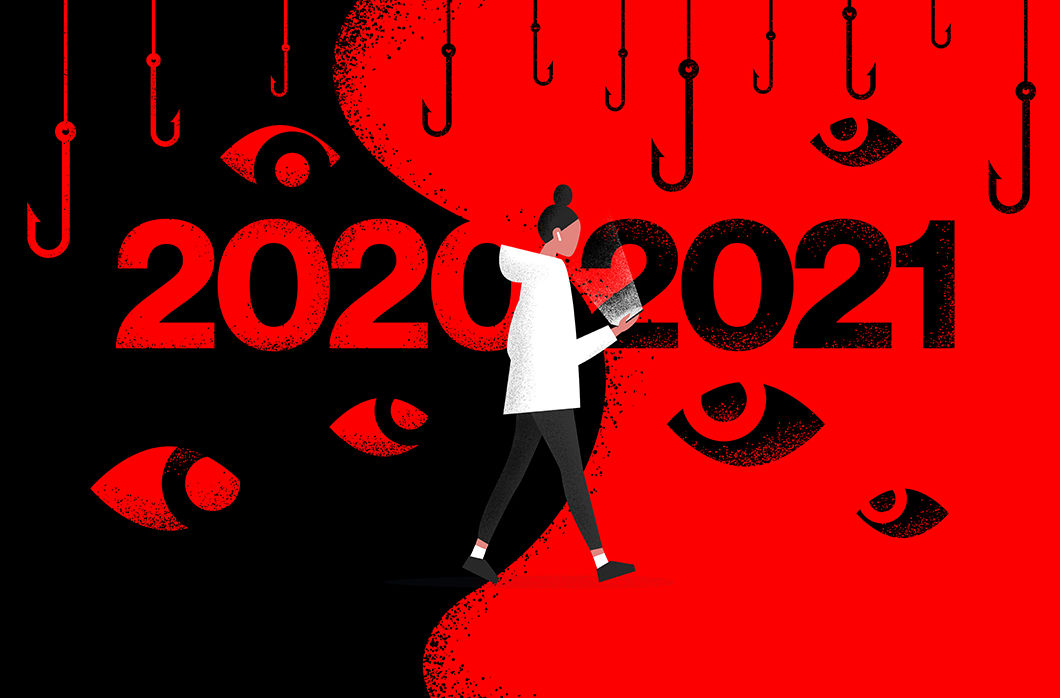Read about the acquisition of Humio here.
People in our industry joke about buzzword bingo when attending a conference or listening to a vendor presentation. Some of the best and worst buzzwords are also acronyms and I’m sure anyone following cybersecurity trends will have heard the acronym XDR, for extended detection and response. XDR has already become one of those terms that has seen a huge increase in popularity in a short amount of time, but in practice — similar to the early overuse of ML — it is being used to mean many different things.
I’d like to explain how CrowdStrike and Humio joining forces will further expand the Falcon Security Cloud XDR capabilities, but first let’s clear up what XDR is, was, and should be.
CrowdStrike Redefines True XDR With Humio Acquisition
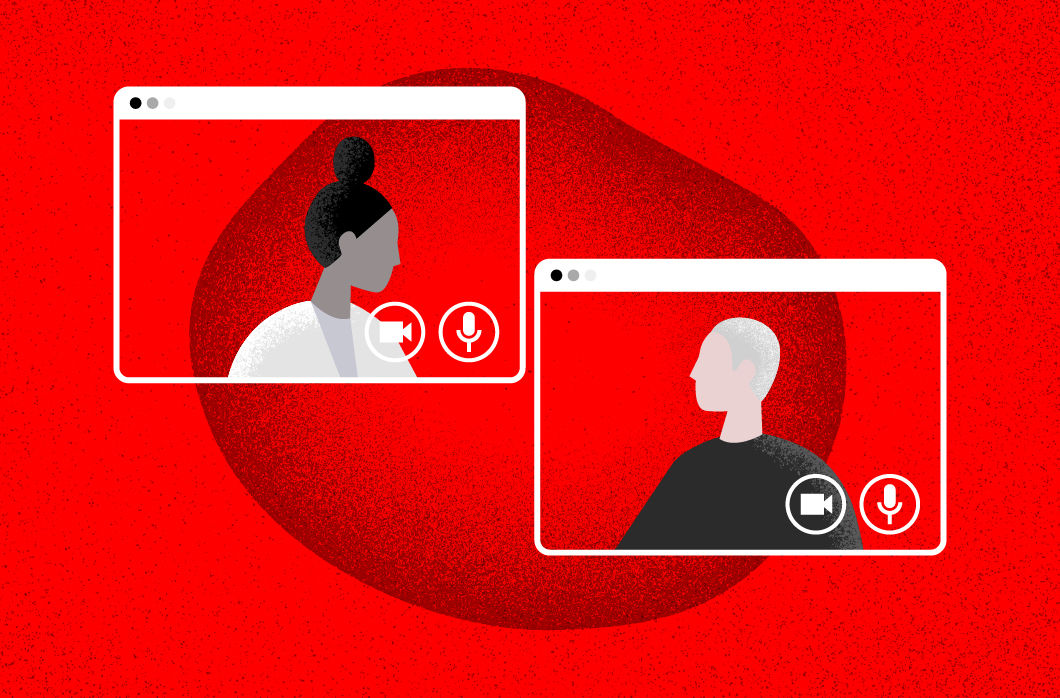



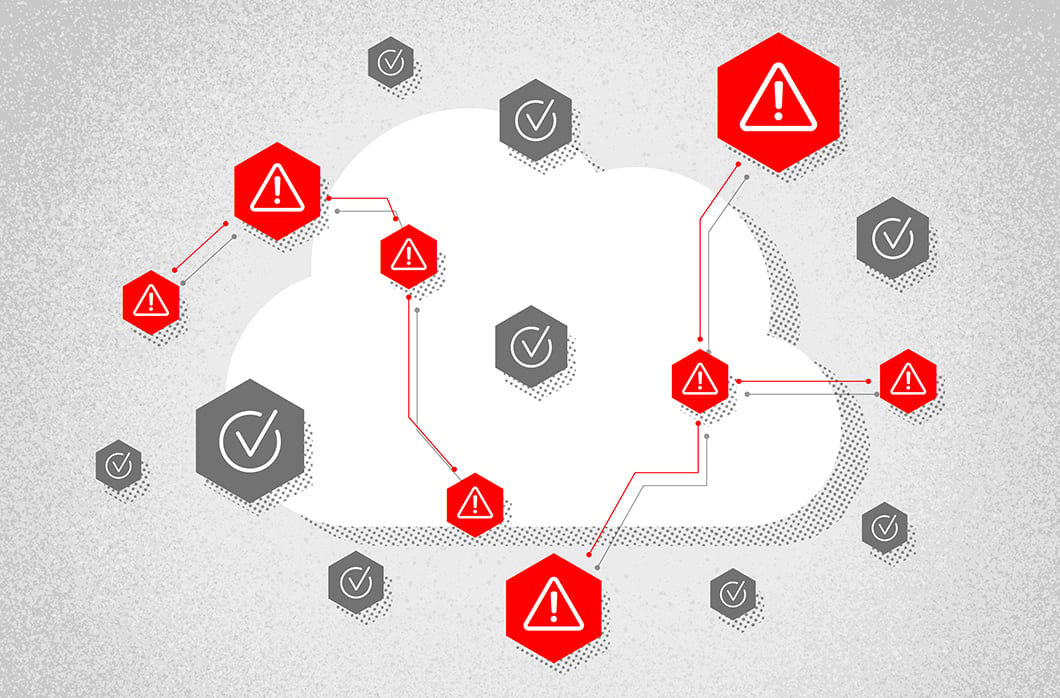
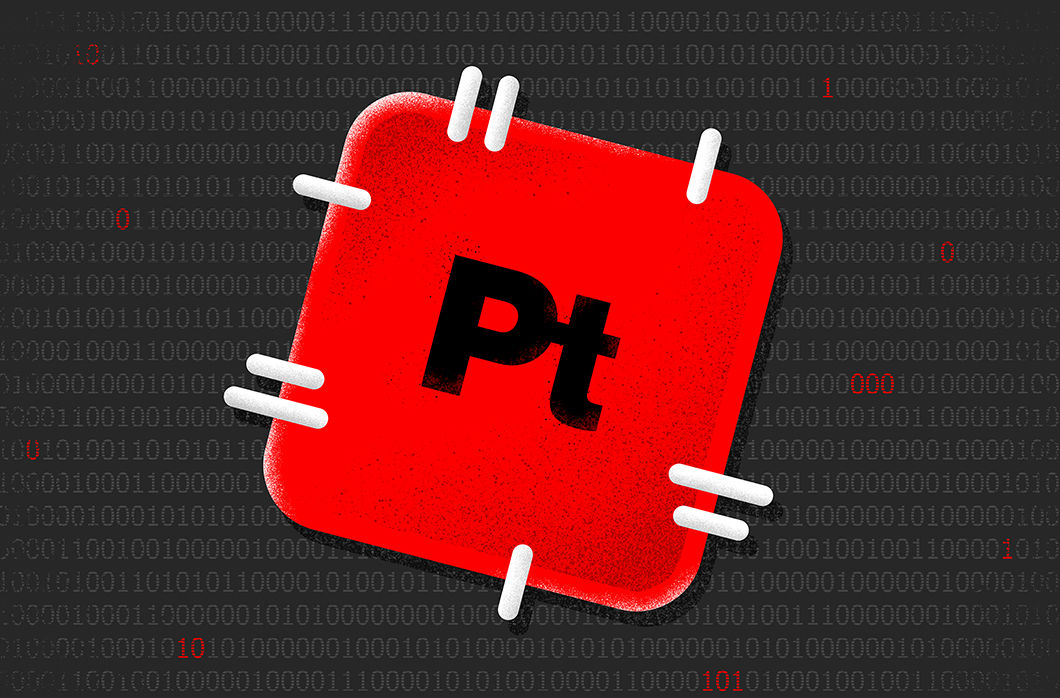

![Helping Non-Security Stakeholders Understand ATT&CK in 10 Minutes or Less [VIDEO]](https://assets.crowdstrike.com/is/image/crowdstrikeinc/video-ATTCK2-1)
![Qatar’s Commercial Bank Chooses CrowdStrike Falcon®: A Partnership Based on Trust [VIDEO]](https://assets.crowdstrike.com/is/image/crowdstrikeinc/Edward-Gonam-Qatar-Blog2-1)
![Endpoint Protection and Threat Intelligence: The Way Forward [VIDEO]](https://assets.crowdstrike.com/is/image/crowdstrikeinc/GK-Blog_Images-1)
